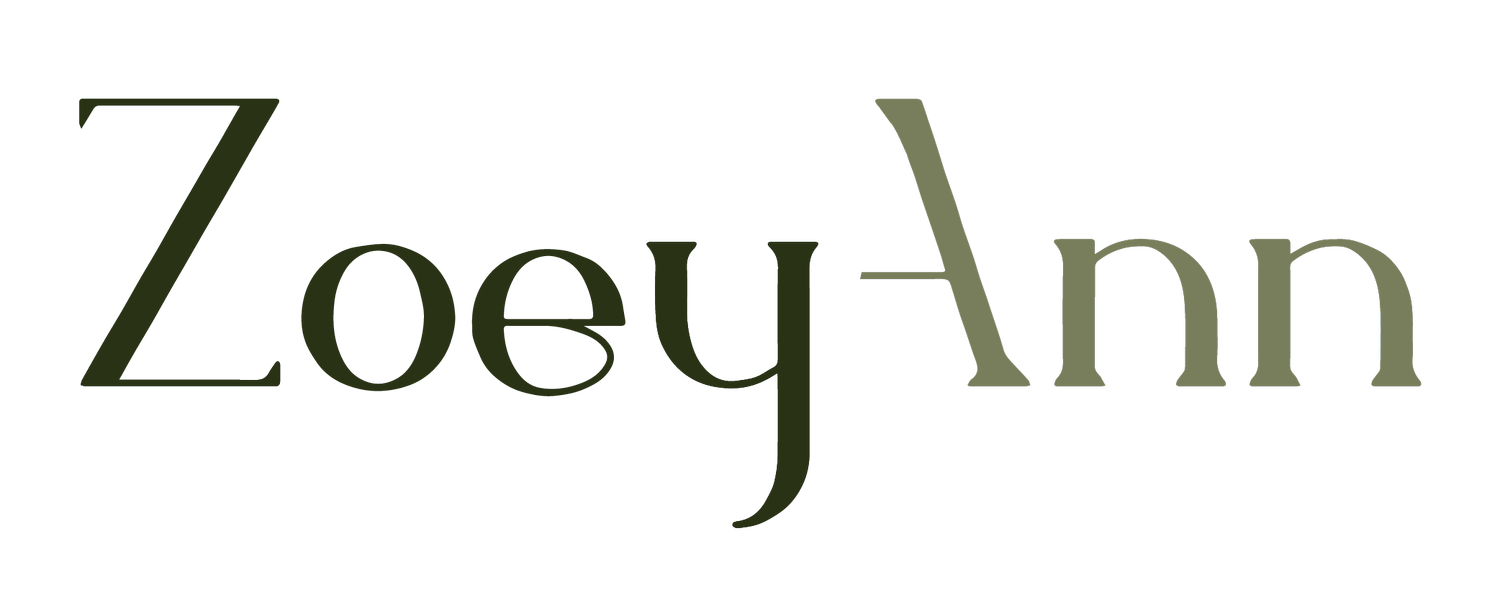Navigating Healing: The Power of Connection and Witnessing
Why Finding a Skilled and Relatable Practitioner Is Key
In the intricate tapestry of human existence, we're all travelers on a unique journey – a path that often intersects with wounds seeking solace. But what if I told you that within the science of our very physiology lies a key to unlocking profound transformation? Enter the Polyvagal Theory, a groundbreaking framework that unveils the dance between our nervous system, trauma resolution, and the embrace of human connection. Join me as we delve into the fascinating realm where science meets empathy, revealing how understanding our body's responses can catalyze healing in ways you may never have imagined.
Understanding the Polyvagal Symphony: Navigating the Nervous System
Imagine our nervous system as a symphony, composed of three distinct branches. Each branch represents a state of being – a way our body responds to the world around us. These branches are not isolated; they operate along a spectrum, shifting and adapting as we encounter different situations.
Safety and Connection: This is the ventral vagal branch, often referred to as the "social engagement" system. When we feel safe, this branch is activated, promoting feelings of calm, connection, and trust. It's the brake that slows down our response to stress, allowing us to engage with others and our environment in a balanced way. Interestingly, when we're in a state of safety, a subtle undercurrent of fight-flight energy hums softly in the background, ready to support us if needed.
Fight or Flight: The sympathetic branch represents the classic "fight or flight" response. It kicks in when we perceive a threat, whether physical or emotional. Our heart rate increases, our muscles tense, and our focus narrows, preparing us to confront or flee from danger.
Freeze: The dorsal vagal branch activates the "freeze" response. It's our body's last resort when faced with overwhelming danger. In this state, our heart rate slows, our energy drops, and we might feel disconnected from the world.
The Intricate Dance: When Safety Is Compromised
When our nervous system doesn't perceive safety, whether due to past trauma, present stressors, or physical illness, it can shift into the branches of fight-flight or freeze. This can manifest as anxiety, hypervigilance, or even being triggered by situations that seem incongruent with the threat level.
Our nervous system doesn't differentiate between physical and emotional threats very well. This means that if our body detects something as a potential threat – be it a viral load, disease, nutritional deficiency, or unprocessed emotional trauma – it can activate the fight-flight or freeze responses.
The Vital Role of the Ventral Vagal Brake
The ventral vagal branch, or the "ventral vagal brake," is vital in maintaining our well-being. It's what allows us to feel safe, connected, and at ease. When this brake is functioning optimally, it keeps the other branches in check, preventing us from getting stuck in fight-flight or freeze mode.
Embracing Safe Spaces: Navigating Healing
So, what can we do to support our nervous system's quest for safety? This is where the power of connection and witnessing comes in. When we engage in empathic interactions with others – true understanding and support – our ventral vagal brake is engaged. The presence of a safe, empathic witness helps recalibrate our nervous system, shifting us back into the state of safety and connection.
The Key Role of a Skilled and Relatable Practitioner
Now, more than ever, the role of a skilled and relatable practitioner becomes paramount. A practitioner who understands the nuances of the Polyvagal Theory and can guide you through the journey of understanding your nervous system's responses is a game-changer. Their presence and expertise can help you navigate the intricate dance between science and empathy, fostering deep healing and transformation.
As we venture further into the realm of healing, let's remember that understanding our nervous system's responses is a potent tool. The Polyvagal Theory reveals the science, while empathy and connection provide the balm for our spirits. Together, with the guidance of a skilled practitioner, we can navigate the intricate dance of our physiology, reestablish our sense of safety, and embrace healing on a profound level.

